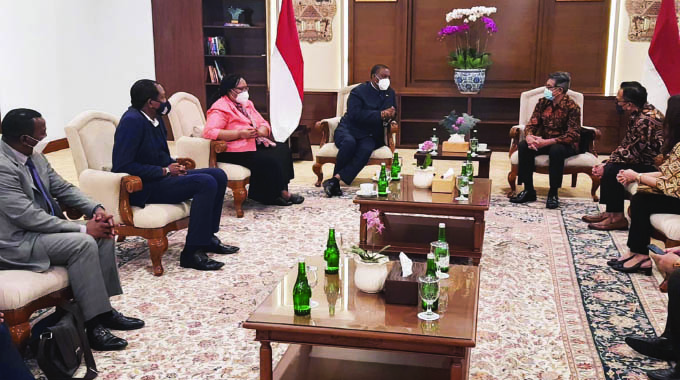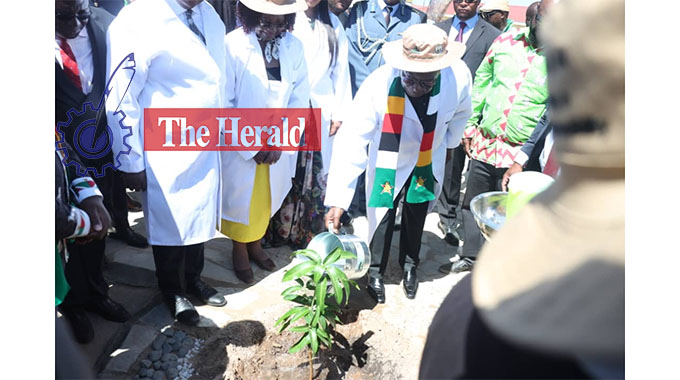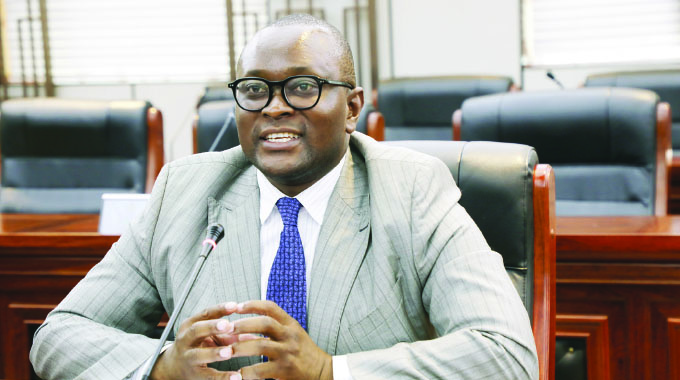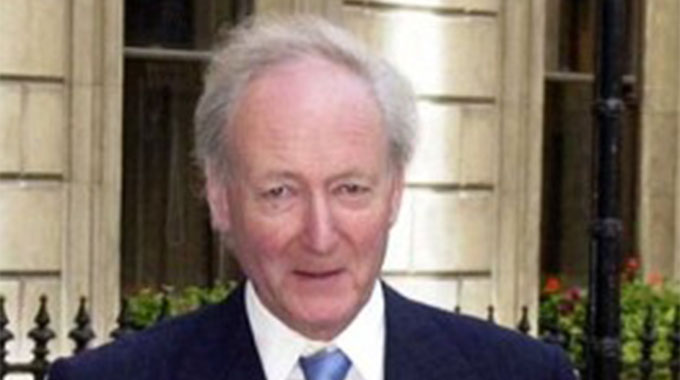EDITORIAL COMMENT: Community health care upgrades way to go

Everyone needs basic services, and just about the most basic is access to health care which is one reason why most rural district councils have been using their devolution budgets over the last couple of years to add more clinics to their networks, filling gaps so that communities are not reliant on a clinic 20km away.
During the 1980s soon after independence putting in a network of clinics to provide primary health care was one of the major achievements of the Government, with local authorities complementing this in urban areas by expanding what they inherited from the colonial era.
But then enthusiasm waned, even as populations grew, more areas were intensely settled under land reform, and cities expanded into new suburbs and new towns arose from the veld.
So the dramatic achievements of the 1980s, that saw child mortality rates crash and most people having somewhere to go when they were ill or were giving birth, were considered a box that had been ticked, when fairly obviously what had been done was put in the minimum needed for the then population.
There were some additions, in new district and provincial hospitals, but not enough and the programmes of expansion of health coverage shuddered to a halt during the eras of inflation and survival under dollarisation.
Even maintenance of existing facilities was allowed to be skipped.
The Second Republic changed this. For a start a serious effort was made to catch up on the maintenance, getting what we had back into shape and upgrading where necessary; this was accelerated as Covid-19 hit Zimbabwe, budgets were increased, communities were mobilised and the private sector chipped in.
So fairly rapidly what was there across a swathe of the public health sector was fully functional, although some city clinics remained closed with their poor council administration, and necessary improvements like intensive care beds were added.
Morale of professional staff improved significantly as they had access to working equipment and adequate supplies of consumables and drugs.
Now the Government, already seeing improvements through devolution in rural areas, is getting stuck in itself in expanding the network of public health facilities, with that programme accelerated through a US$200 million loan facility from Britain, another sign as President Mnangagwa noted last week of the successes of the re-engagement efforts of the Second Republic.
That would have been unthinkable a few years ago, but it is now helping, especially in the proper equipping of the new facilities, which does require imported equipment.
The design and building of the new set of clinics is done by Zimbabweans, with the contracted British company coming in when the equipment is procured, a reasonable division of labour.
So the Second Republic is in full drive for 30 new clinics and five new district hospitals, with President Mnangagwa stressing that the timeline for the accelerated programme is largely dependent on how fast Zimbabweans build.
Funds are released in phases as each set of clinics is completed, which is fair enough, and presumably the Second Republic administrative reforms of zero corruption and shiny accounts means no spanners can be thrown into the works.
Whether we are using taxpayer money, special loans or private donations, everyone wants every dollar to count, and be counted, so having high administrative standards is absolutely vital.
All Second Republic reforms impact on each other and make life a lot better.
The 30 new clinics are being spread around the country, starting where they are most needed, and without any attempts to score political points, with just access to health being the criteria.
So the first in the initial batch of four, the one opened last week by President Mnangagwa, was in Stoneridge, the centre of the new suburbs in Harare South that exceptionally bad Harare City Council planning allowed to just grow without the services, which include roads, sewers, water pipes, power lines, schools and clinics.
The Government is stepping in, already promising title deeds, now ensuring that there is a decent clinic and with the President making it clear, after he had to drive over the tracks that pass for roads to open the clinic, that the continued delays in putting in at least basic roads, access to potable water and proper formal schools was simply not acceptable.
The Government is starting on its share of the necessary development, but fairly obviously everyone else needs to be involved in sorting out the Harare South suburban mess where at least there were layout plans before the land barons stepped in, so title deeds are fairly easy once some basic surveying is done, a process now being done.
But the President still expects that his next visit to the south will see significant progress in turning these settlements into proper suburbs. Hopefully his strong prodding will see those responsible moving a lot faster.
The other three clinics in this first batch of four are in Bulawayo, in Cowdray Park, Mataga in Mberengwa and Runyararo in Chimanmani, a fairly reasonable geographical spread and urban-rural split.
Again the President prodded, wanting the teams responsible for these three now under construction to move at full deliberate speed, so the funding for the next phase can be released. We do not want short cuts but we do not need delays.
The other major health move on Friday at Stoneridge was the commissioning of a fleet of 40 new ambulances, 32 bought by Government with UNDP sufficiently impressed to add an extra eight, and again using our own resources rather than relying on aid, means that aid agencies are more prepared to chip in to make the taxpayer dollars go further.
Another 100 are in the pipeline, and fairly obviously someone in the Ministry of Health and Child Care made sure when setting specifications that the basic vehicle that would have an ambulance body and equipment fitted would not be held up or derailed on so-so roads.
A good strong chassis, decent wheel clearance and something close to all-terrain capability means the ambulances will be able to get into almost any homestead or use the worse roads, a practical requirement.
The 140 are to be distributed across all provinces, but that does provide a significant fleet in each, and even in most districts.
Building and upgrading clinics and district hospitals does require that sick and injured people can reach them, and that those who need to be moved up the referral chain from a clinic to a district hospital to a provincial hospital to a national referral hospital can be moved swiftly.
The double, of a significant extension of the clinic network and an ambulance fleet, shows that the seriousness of the Government policy of providing a decent public health system, and one that is being considerably improved.
Even when the 30 new clinics, five new district hospitals and the 140 ambulances are on the road, no one should consider that the Government will relax.
It has already shown it is now prepared to ensure that existing and new facilities are maintained and equipped, as well as continually improved, and all these steps, maintaining what we have and extending as fast as we can, mean we are on a sustainable road to the sort of first-class public health system we deserve.








Comments